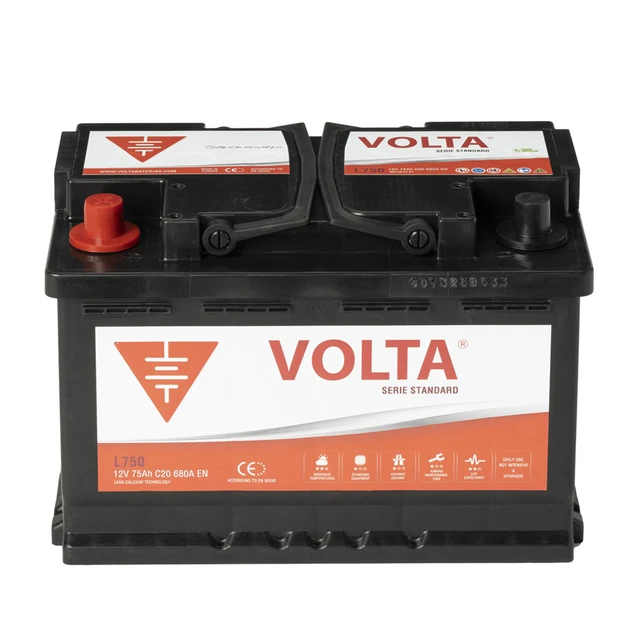 Introduction:
Introduction:
Connecting a car battery is a simple yet essential task for any car owner. Whether you are replacing an old battery or jump-starting a vehicle, knowing how to connect a car battery correctly ensures proper functioning and reliable performance. In this comprehensive guide, we will provide a step-by-step approach to connecting a car battery. By following these simple instructions, you can confidently and safely connect a car battery without any hassle.
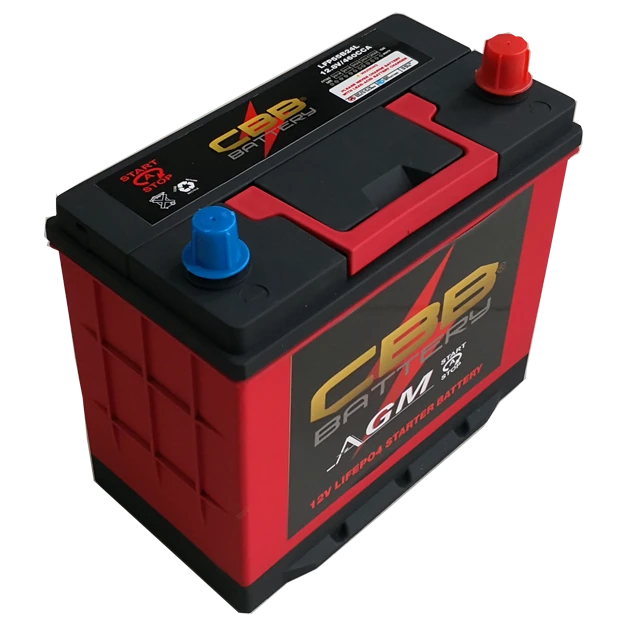 Introduction to Connecting a Car Battery
Introduction to Connecting a Car Battery
Connecting a car battery is necessary for powering the vehicle’s electrical system and starting the engine.
A. Importance of Proper Connection: Correctly connecting the car battery ensures reliable performance, electrical power, and starting functionality.
B. Safety Considerations: It is crucial to follow safety guidelines and take precautions when working with car batteries.
Various subtypes:
Car batteries are typically made using lead-acid technology, which consists of lead plates submerged in an electrolyte solution of sulfuric acid and distilled water. The lead-acid battery is the most common type of battery used in automobiles. Within the lead-acid battery category, there are various subtypes:
Flooded Lead-Acid Battery:
Also known as a wet-cell battery, this is the traditional type of lead-acid battery. It has vent caps to allow for the release of gases produced during charging and discharging. Regular maintenance, such as checking and refilling water levels, is required for optimal performance.
Absorbent Glass Mat (AGM) Battery:
AGM batteries are a sealed lead-acid battery variant. The electrolyte is absorbed in fiberglass mats between the lead plates, which provides better shock and vibration resistance. AGM batteries are maintenance-free, offer higher cranking power, have a longer lifespan, and can provide enhanced performance in extreme conditions.
Gel Cell Battery:
Gel batteries are another type of sealed lead-acid battery. The electrolyte in gel batteries is mixed with a silica or other gelling agent, resulting in a gel-like consistency. These batteries are valve-regulated and maintenance-free. Gel batteries offer good deep cycle capabilities, are resistant to shock and vibration, and can be mounted in various positions.
Enhanced Flooded Battery (EFB):
EFB batteries are advanced versions of traditional flooded lead-acid batteries. They have improved durability, cycling capabilities, and charge acceptance. EFB batteries are commonly used in vehicles with start-stop technology, which shuts off the engine during idling to conserve fuel.
Lithium-Ion Battery:
Although less common in traditional automobile applications, lithium-ion batteries are emerging as an alternative to lead-acid batteries. These batteries are lighter, have a higher energy density, and offer longer lifespan and quicker charging times compared to lead-acid batteries. They are commonly used in hybrid and electric vehicles.
It’s essential to select a battery that is compatible with your vehicle’s requirements and electrical system. Consider factors such as the car’s power needs, climate conditions, budget, and available space. Regular battery maintenance and periodic checks are important for ensuring optimal performance and longevity.
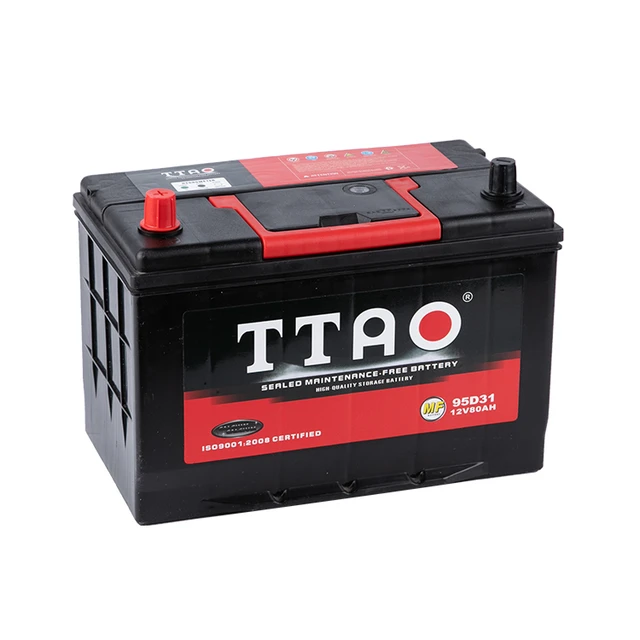 Step 1: Preparing for Battery Connection
Step 1: Preparing for Battery Connection
Before connecting the car battery, certain preparations are necessary for safety and ease of installation.
A. Turn Off the Engine: Ensure the vehicle’s engine is turned off and remove the keys from the ignition.
B. Parking Brake: Engage the parking brake to prevent any accidental movement of the vehicle.
C. Safety Equipment: Wear protective gloves and safety glasses to protect yourself from any potential hazards.
Step 2: Disconnecting the Old Battery (if applicable)
If you are replacing an old battery, proper disconnection is necessary before connecting the new one.
A. Locate the Battery: Identify the location of the old battery within the vehicle’s engine compartment.
B. Disconnect Negative Terminal: Start by disconnecting the negative (black) terminal using an adjustable wrench or a battery wrench. Loosen the terminal nut and carefully remove the negative cable from the battery.
C. Disconnect Positive Terminal: Next, disconnect the positive (red) terminal in the same manner as the negative terminal.
D. Remove Old Battery: Once both terminals are disconnected, carefully lift out the old battery from its compartment.
Step 3: Cleaning Battery Terminals
Cleaning the battery terminals is essential for a good electrical connection and preventing corrosion.
A. Inspect Terminals: Check for signs of corrosion, such as white or greenish deposits, on the battery terminals.
B. Remove Corrosion: Use a battery terminal cleaner, wire brush, or a mixture of baking soda and water to gently clean any corrosion on the terminals. Ensure the terminals are completely clean and free from any debris.
C. Clean Battery Tray: If there is corrosion on the battery tray, clean it using a brush or cloth soaked in a mixture of baking soda and water.
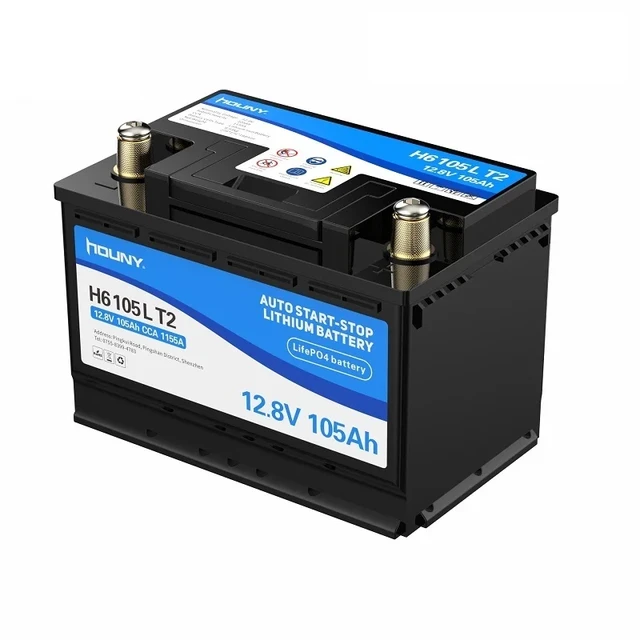 Step 4: Connecting the New Battery
Step 4: Connecting the New Battery
If you are installing a new battery or reconnecting the old one, follow these steps to properly connect it.
A. Identify Battery Polarity: Locate the positive (+) and negative (-) terminals on the new battery. The positive terminal is usually labeled with a plus (+) sign or red color, while the negative terminal is labeled with a minus (-) sign or black color.
B. Position the Battery: Place the new battery into the battery compartment, ensuring it is securely positioned and stable.
C. Connect Positive Terminal: Take the positive (red) cable and attach it to the positive terminal of the battery. Tighten the terminal nut with an adjustable wrench or a battery wrench to ensure a secure connection.
D. Connect Negative Terminal: Now, take the negative (black) cable and attach it to the negative terminal of the battery. Tighten the terminal nut securely.
Step 5: Double-Checking Connections
It is essential to double-check the battery connections to ensure they are installed correctly.
A. Wiggle Test: Gently wiggle both the positive and negative battery cables to ensure they are secure and do not move or come loose.
B. Tightness Check: Verify that the terminal nuts are tightened properly and snugly but avoid over-tightening, which may damage the terminals.
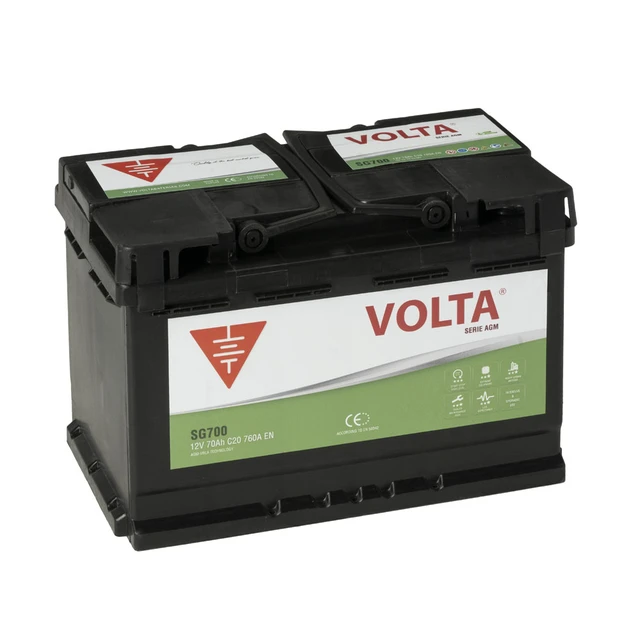 Conclusion
Conclusion
Connecting a car battery is a straightforward process that ensures the proper functioning of your vehicle’s electrical system. By following this step-by-step guide, you can confidently and safely connect a car battery. Remember to take appropriate safety precautions, properly disconnect and remove the old battery if necessary, clean the battery terminals, and correctly connect the new battery. With these instructions and a few simple tools, you can successfully connect a car battery and enjoy reliable performance from your vehicle.









